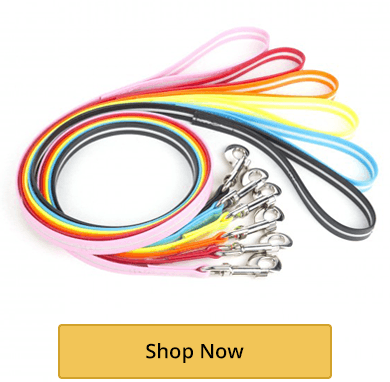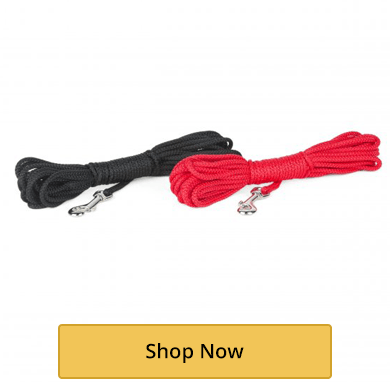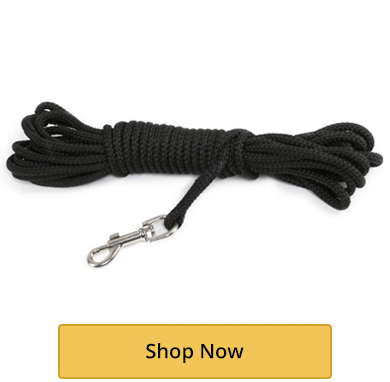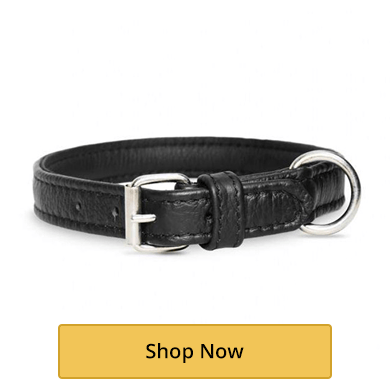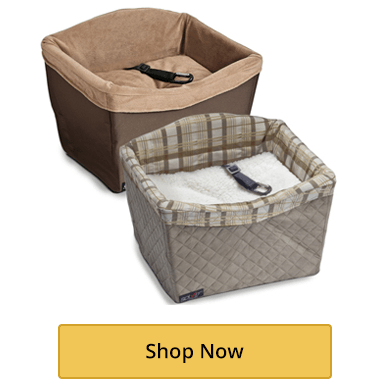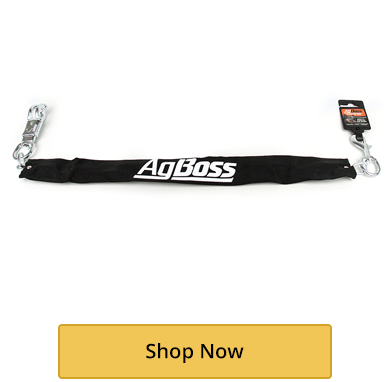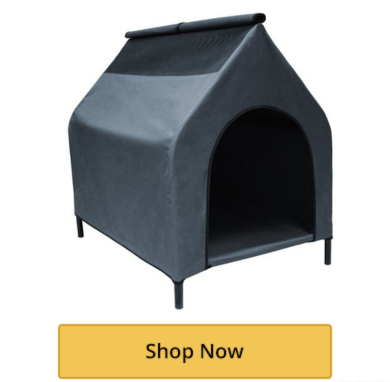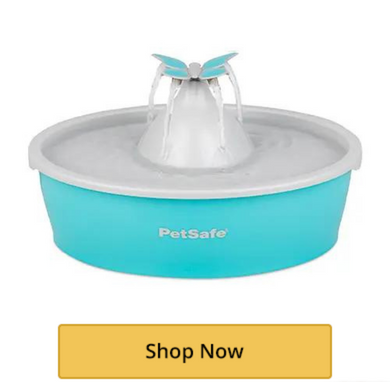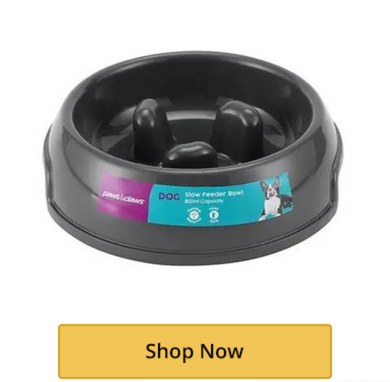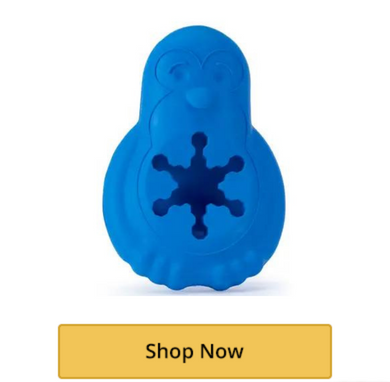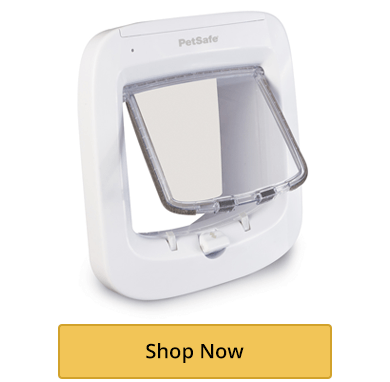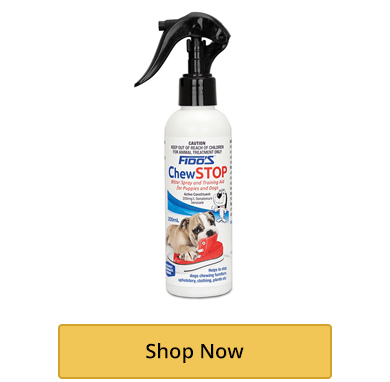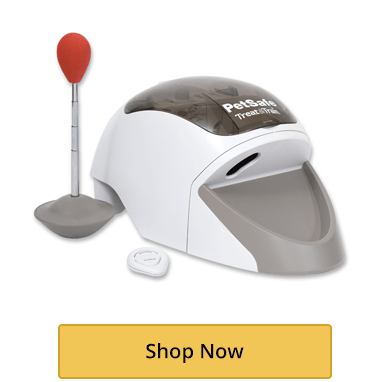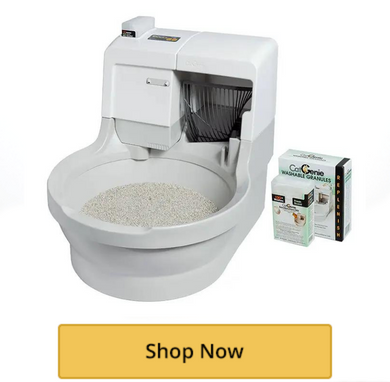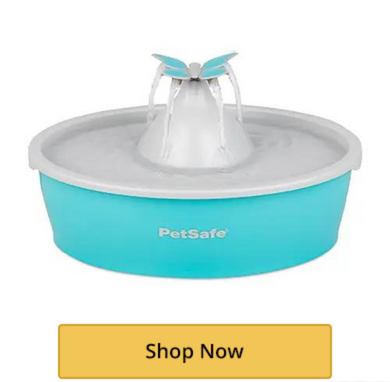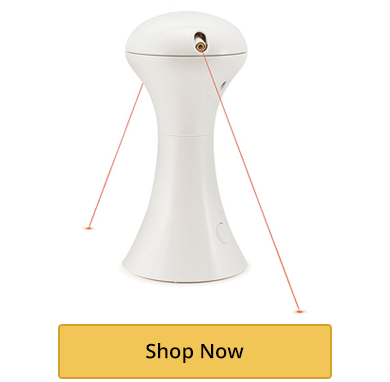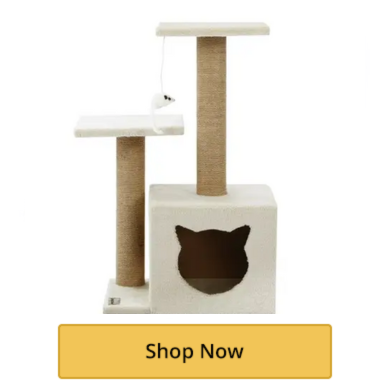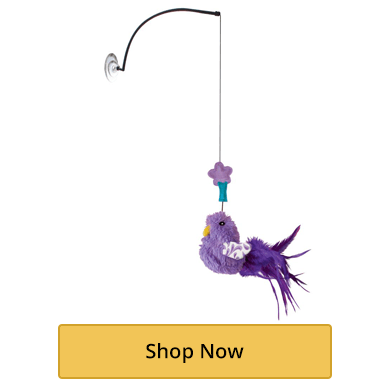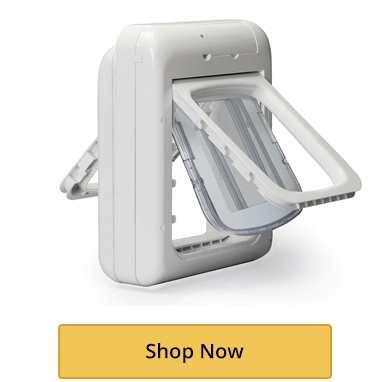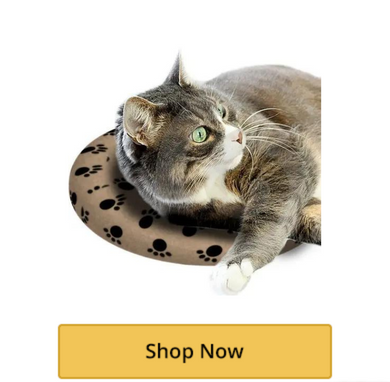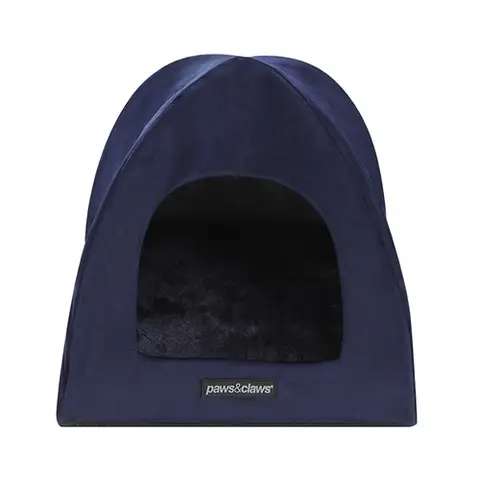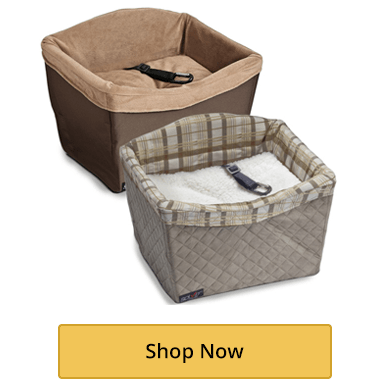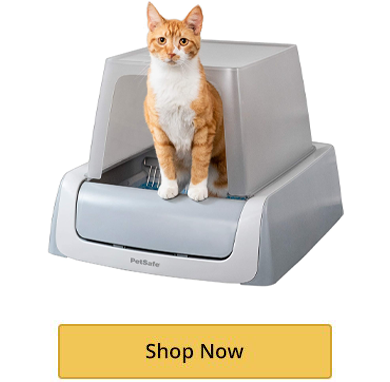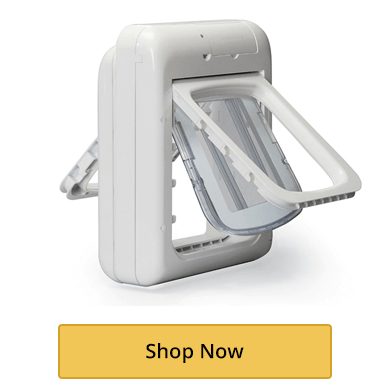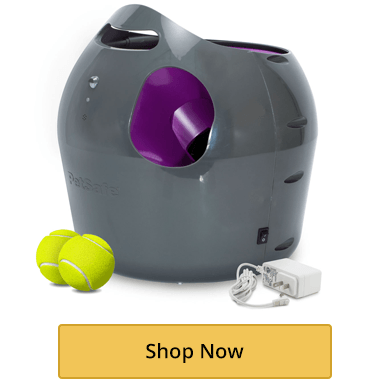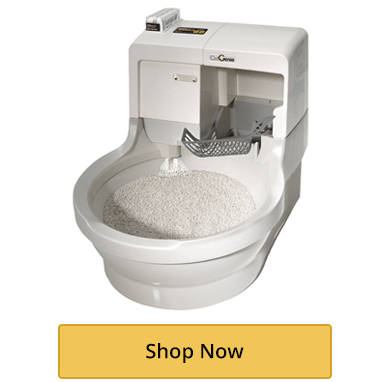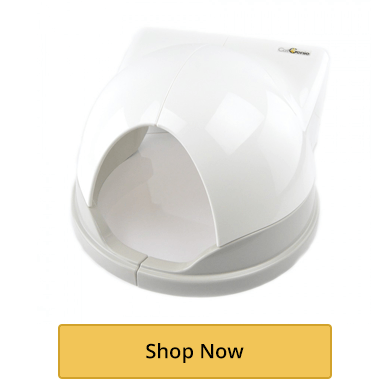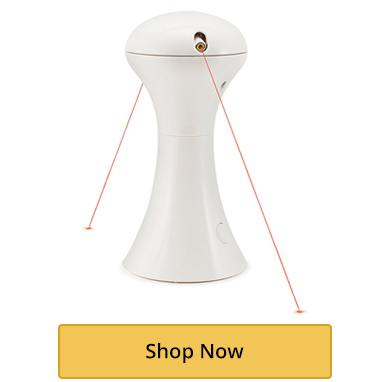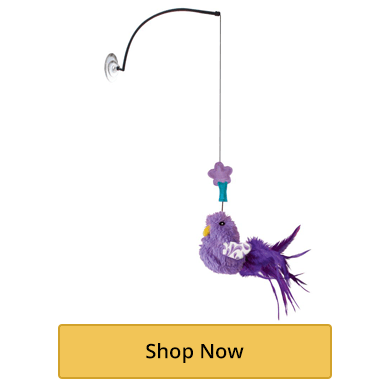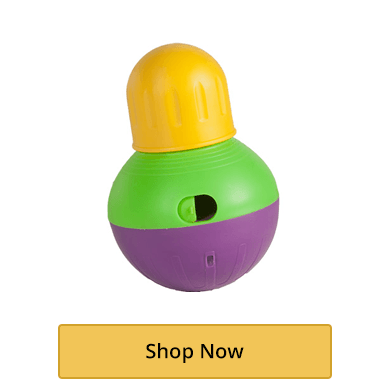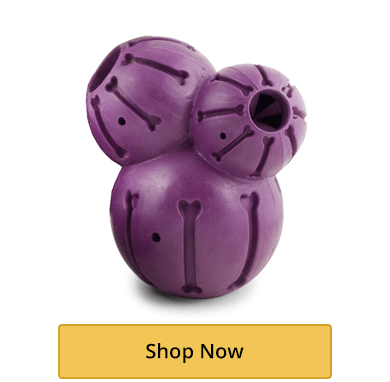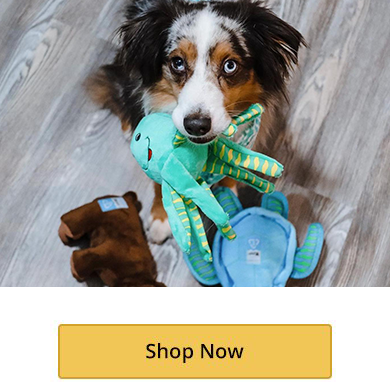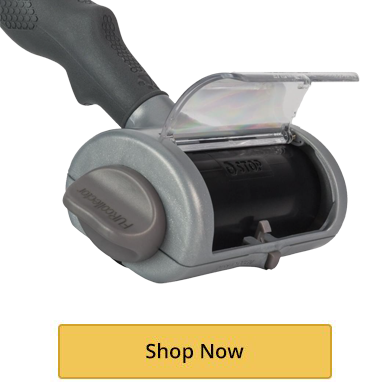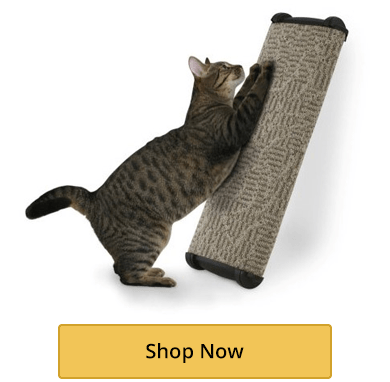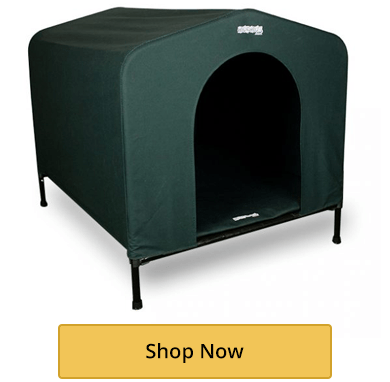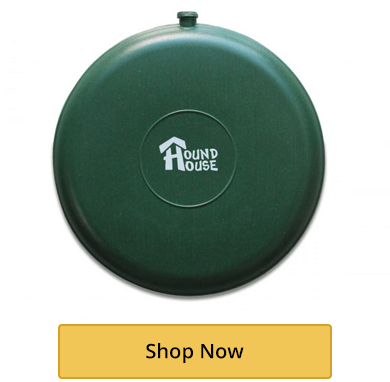Pet Doors - Are They Worth It?
- 6 Sept 2022

Giving your pet the freedom to venture in or outside as they please via their own door can have many benefits. But, with that being said, there are also a few things to consider when installing a pet door that it pays to be aware of before you make your decision. Read on for your comprehensive guide to the good, the bad and the ugly of pet doors.
PROS:
- Convenience is key when it comes to pet ownership, so it only makes sense that you’d give them as much independence as possible in their daily routine – i.e. less time spent waiting for them to ‘go potty', and more time spent doing… well… anything else!
- Safety - this might not be something that comes to mind when you think of pet doors, but installing a door in a specific place means your pet always has a point of entry into your home. Whether you’ve got a cat that will scale multiple storeys trying to find an open window, or your pet is spooked by a backyard intruder (a bird or possum, for example), they will always have somewhere that they know they can go to gain entry to your home.
- Variety isn’t something you’d generally associate with pet doors, but if you belong to the group of people who assume that they’re going to look ugly or out of place, you might want to have another look at the different colours and styles that are available.
- Easy to install - adding a pet door to your home makes for a fun weekend DIY project. Ready Pet Go pet doors have a cutting template, so there’s no need to pay someone to do the job for you! Just dust off your tools, borrow some from a friend or neighbour, and get started!
CONS:
- Wildlife might be able to sneak into your home via your pet door, causing a mess for you and stress for your pet. Installing a smart pet door, which will automatically lock or unlock at different times of the day, could help to combat this. But, if you live in an area with a high concentration of wildlife – particularly venomous snakes – it might be best to let your pet in and out the old-fashioned way.
- Training might not be an issue for all pets, but if yours is a nervous or slow learner, then training them to use a pet door could be a long process. But, as with any skill, there are plenty of ways you can help them to overcome their fears or learn a lot quicker – we’ve compiled some of the best tips below.
Tips for teaching pets to use a pet door:
- Size matters! Make sure your pet door is the right size for your pet to ensure that they’ll never get stuck (which will seriously put them off using it in the future). The height of the pet door should be at least one inch higher than your pet's back, so measure your pet from foot to back before looking for a pet door.
- Show them the ropes – whether it’s putting your hand through the flap or opening and closing the flap for them to see, it’s important that your pet understands how the pet door works. This can also help them get used to the pet door's noise, which is helpful for pets who are startled by unfamiliar noises.
- Treats are instrumental in teaching pets new tricks, and using a pet door is no different. Stand on the opposite side of the door with their favourite treat and encourage them to push their head through the flap to get it (you can start by holding the flap open for them and then gradually closing it each time)









